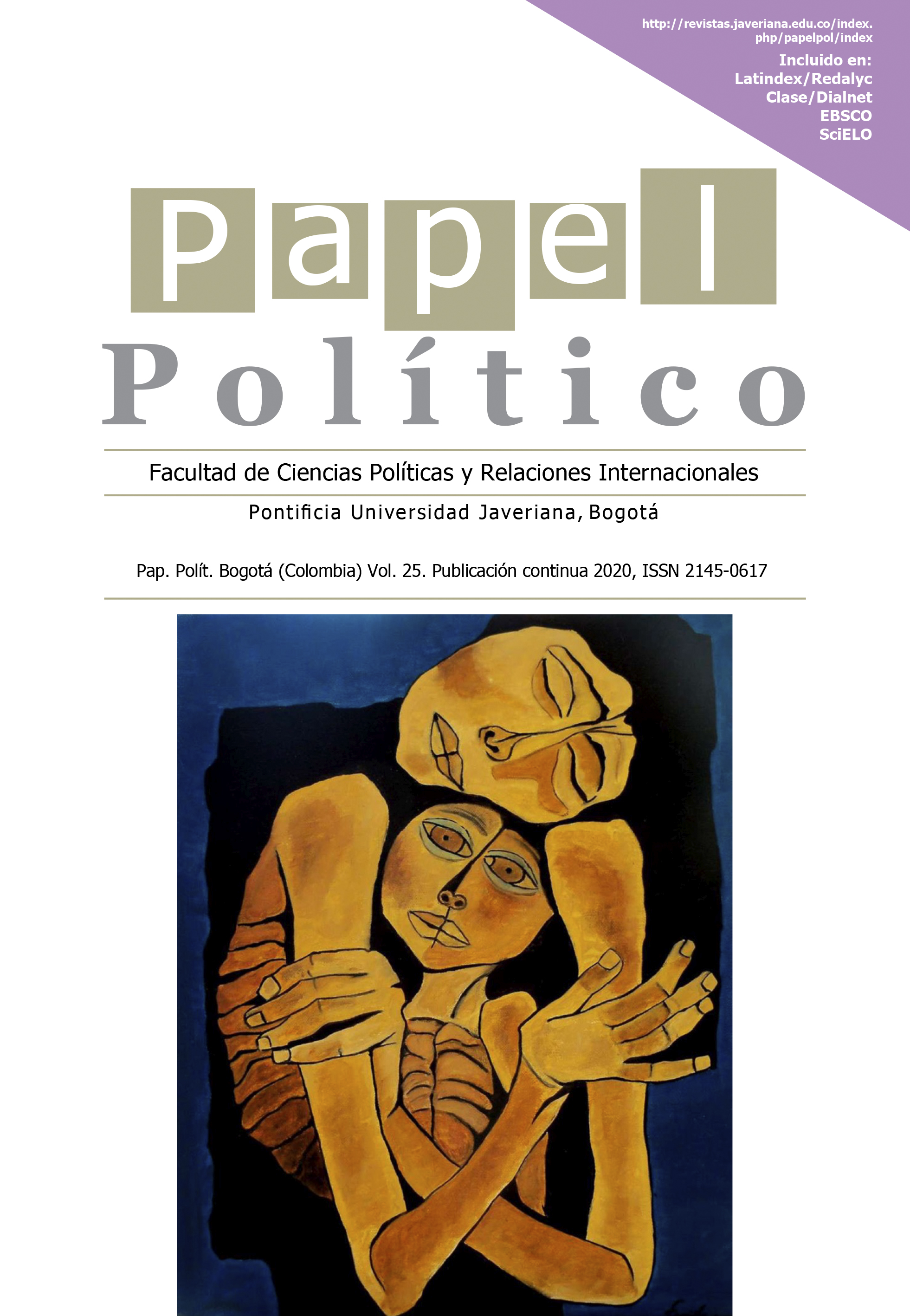Resumen
El artículo examina el comportamiento de la desigualdad de la distribución del ingreso familiar bajo los distintos regímenes macroeconómicos vigentes en las últimas cuatro décadas en la Argentina y evalúa los factores que explican sus cambios. Se examina la hipótesis de que, tras la desarticulación del modelo de industrialización por sustitución de importaciones, se habría profundizado la heterogeneidad estructural del sistema ocupacional argentino, lo que tendría consecuencias sobre el patrón de desigualdad socioeconómica. Para abordar esta hipótesis, se lleva adelante un modelo de descomposición del coeficiente de Gini distinguiendo el aporte de los ingresos de distintos sectores económicos en la desigualdad de ingresos familiares. La información se construyó a partir de la Encuesta Permanente de Hogares del Instituto Nacional de Estadística y Censos de Argentina, correspondientes al Área Gran Buenos Aires, por ser la única para la que existe información durante el conjunto del período. Los hallazgos revelan que la mayor desigualdad distributiva se explica por la mayor inequidad de los ingresos laborales, la mayor concentración de ingresos por parte de los sectores económicos más modernos y por un empobrecimiento del sector de baja productividad.

Esta obra está bajo una licencia internacional Creative Commons Atribución 4.0.
Derechos de autor 2021 Agustín Salvia, Santiago Poy, Julieta Vera


